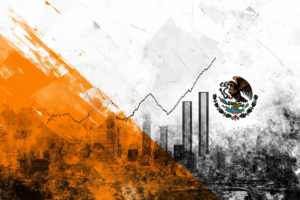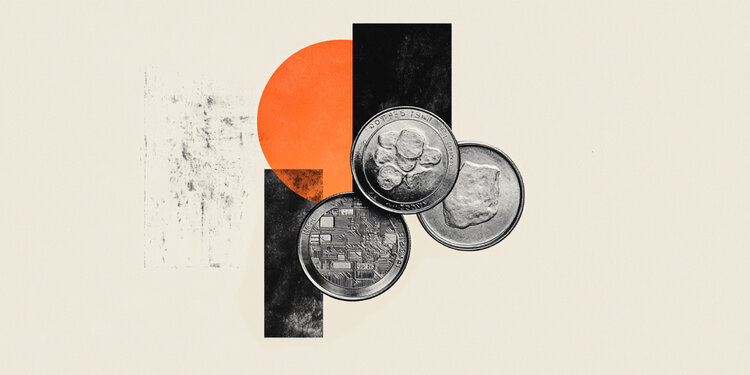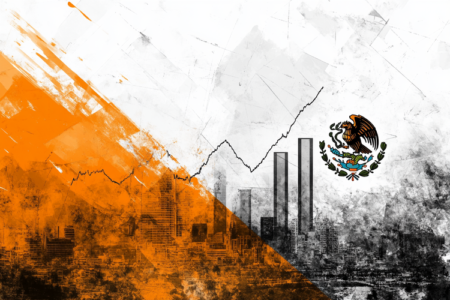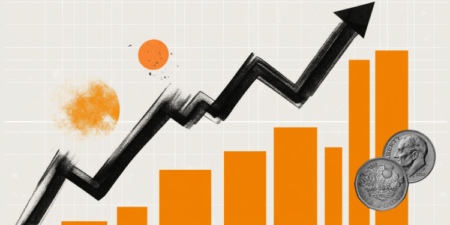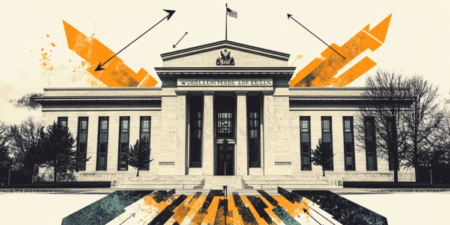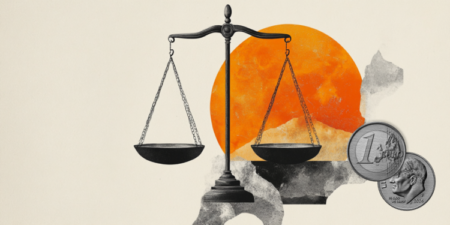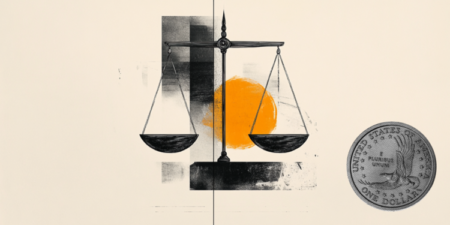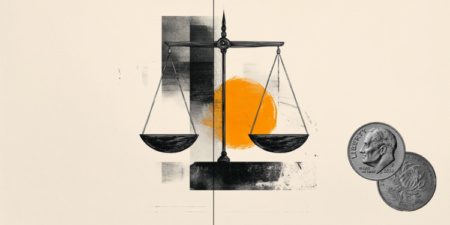- Silver reverses the previous day’s positive move, though it lacks follow-through.
- The setup supports prospects for an extension of over a one-month-old uptrend.
- Any meaningful slide could be seen as a buying opportunity and remain limited.
Silver (XAG/USD) attracts fresh sellers during the Asian session on Tuesday and drops back closer to the overnight swing low, around the $31.65-$31.60 area. The white metal, however, trims a part of its intraday losses and currently trades just below the $32.00 mark, down 0.45% for the day.
From a technical perspective, the range-bound price action witnessed over the past week or so might be categorized as a bullish consolidation phase against the backdrop of the recent breakout through the 100-day Simple Moving Average (SMA). Moreover, oscillators on the daily chart are holding comfortably in the positive territory, suggesting that the path of least resistance for the XAG/USD is to the upside.
That said, repeated failures to find acceptance and build on momentum beyond the $32.30 barrier make it prudent to wait for a breakout through the short-term trading range before placing fresh bullish bets around the XAG/USD. The commodity might then surpass the $32.65 area, the monthly swing high touched last Friday, and aim to reclaim the $33.00 round figure for the first time since early November.
On the flip side, the $31.65-$31.60 region now seems to have emerged as an immediate support. Any further weakness below the said support could be seen as a buying opportunity and remain limited near the 100-day SMA, currently pegged around the $31.20-$31.15 zone. This is followed by the $31.00 mark, which, if broken decisively, might prompt some technical selling and pave the way for deeper losses.
Silver daily chart
Silver FAQs
Silver is a precious metal highly traded among investors. It has been historically used as a store of value and a medium of exchange. Although less popular than Gold, traders may turn to Silver to diversify their investment portfolio, for its intrinsic value or as a potential hedge during high-inflation periods. Investors can buy physical Silver, in coins or in bars, or trade it through vehicles such as Exchange Traded Funds, which track its price on international markets.
Silver prices can move due to a wide range of factors. Geopolitical instability or fears of a deep recession can make Silver price escalate due to its safe-haven status, although to a lesser extent than Gold’s. As a yieldless asset, Silver tends to rise with lower interest rates. Its moves also depend on how the US Dollar (USD) behaves as the asset is priced in dollars (XAG/USD). A strong Dollar tends to keep the price of Silver at bay, whereas a weaker Dollar is likely to propel prices up. Other factors such as investment demand, mining supply – Silver is much more abundant than Gold – and recycling rates can also affect prices.
Silver is widely used in industry, particularly in sectors such as electronics or solar energy, as it has one of the highest electric conductivity of all metals – more than Copper and Gold. A surge in demand can increase prices, while a decline tends to lower them. Dynamics in the US, Chinese and Indian economies can also contribute to price swings: for the US and particularly China, their big industrial sectors use Silver in various processes; in India, consumers’ demand for the precious metal for jewellery also plays a key role in setting prices.
Silver prices tend to follow Gold’s moves. When Gold prices rise, Silver typically follows suit, as their status as safe-haven assets is similar. The Gold/Silver ratio, which shows the number of ounces of Silver needed to equal the value of one ounce of Gold, may help to determine the relative valuation between both metals. Some investors may consider a high ratio as an indicator that Silver is undervalued, or Gold is overvalued. On the contrary, a low ratio might suggest that Gold is undervalued relative to Silver.
Read the full article here


